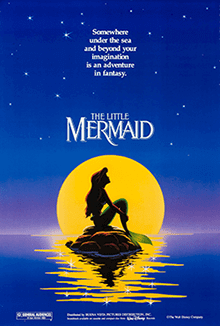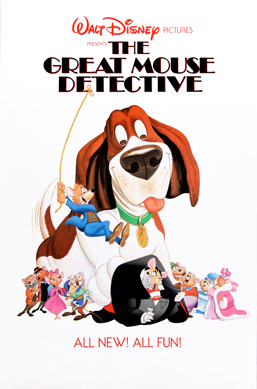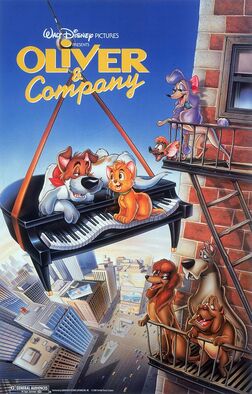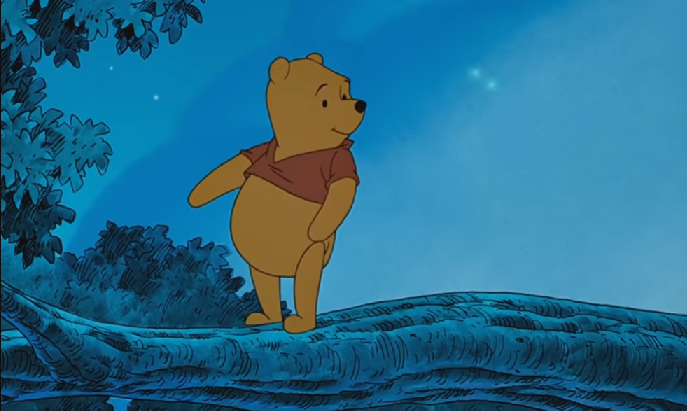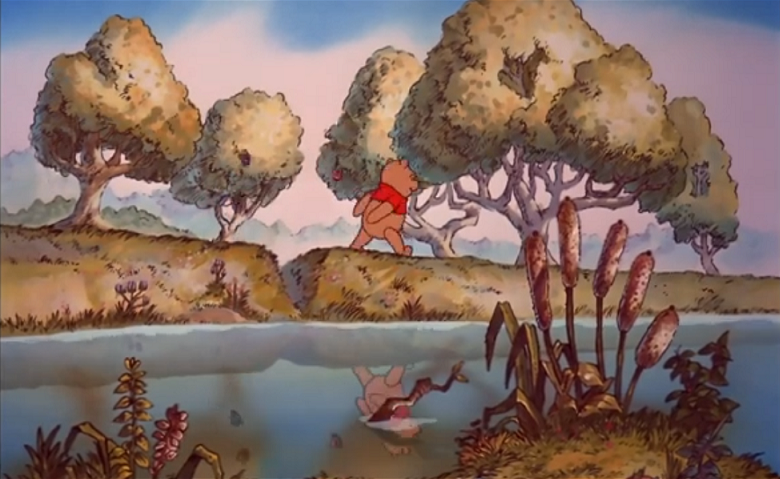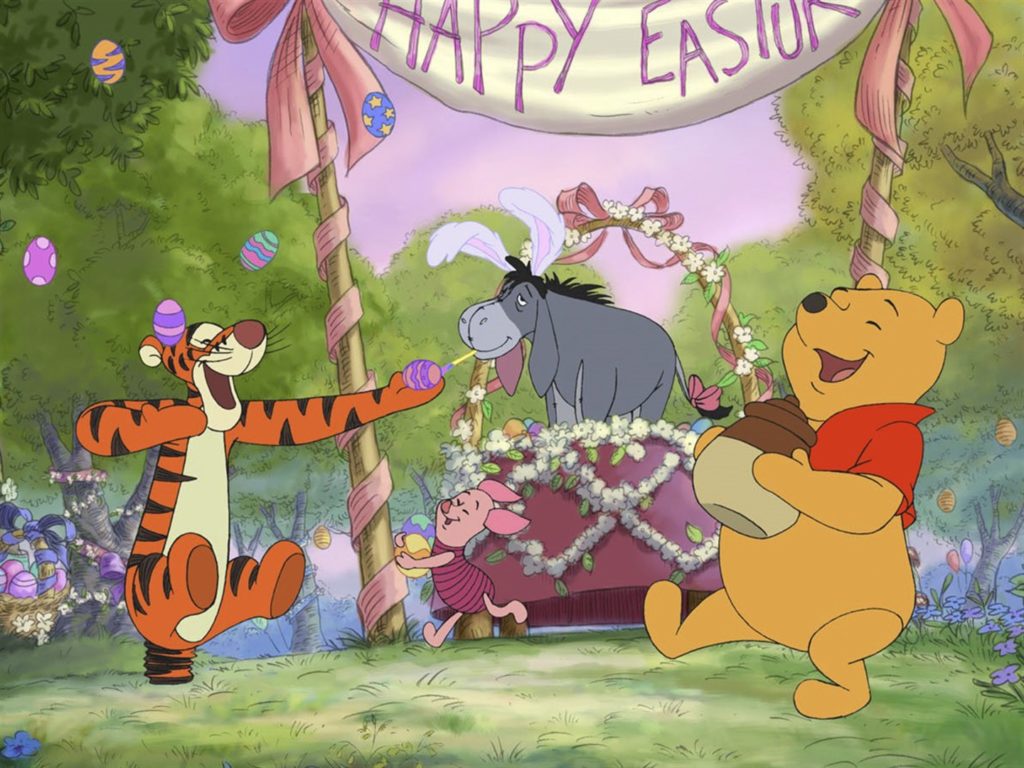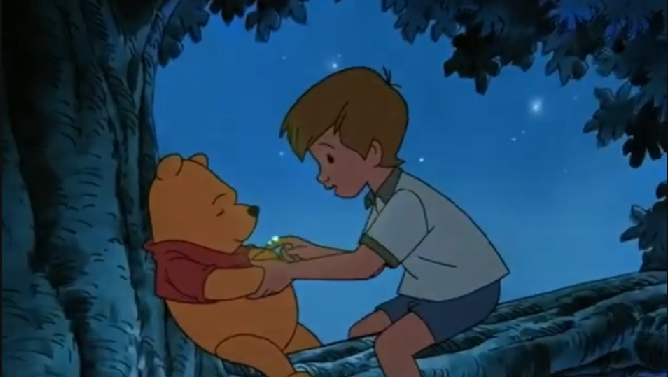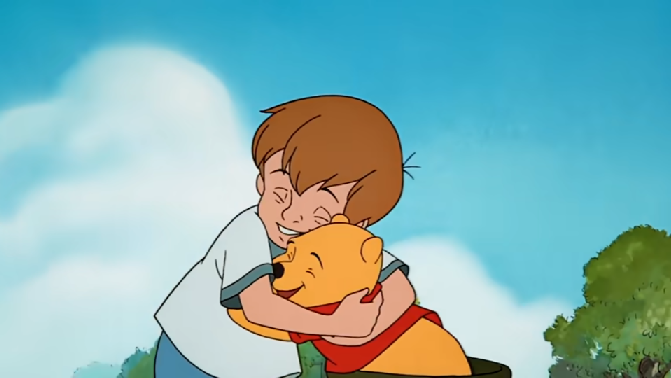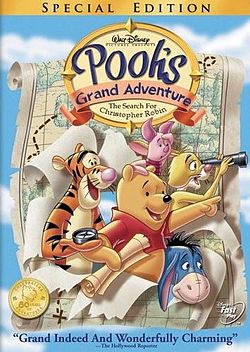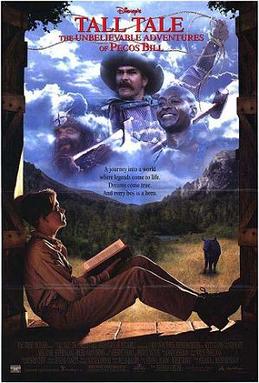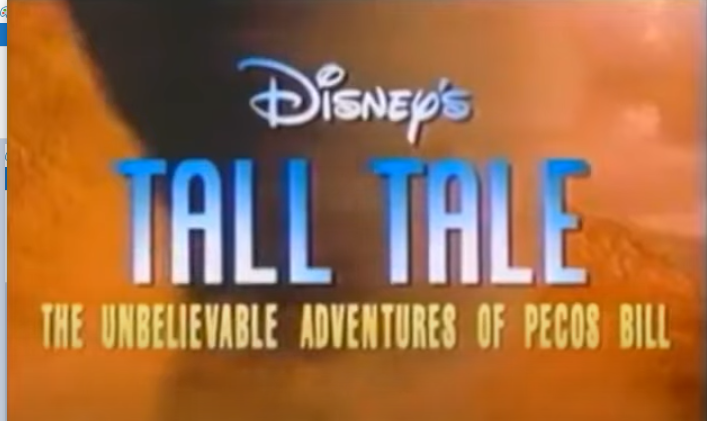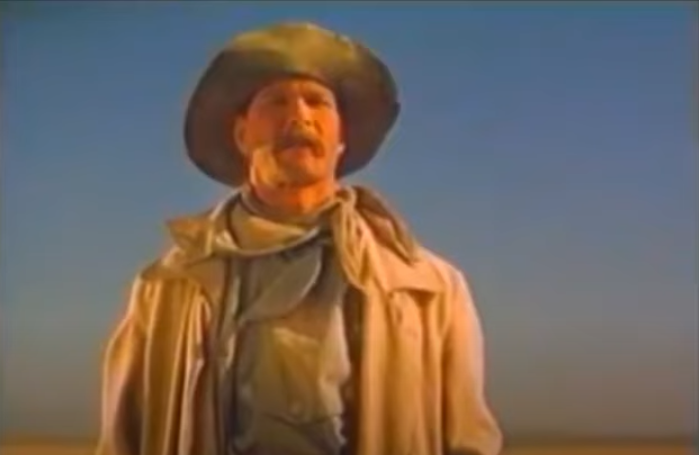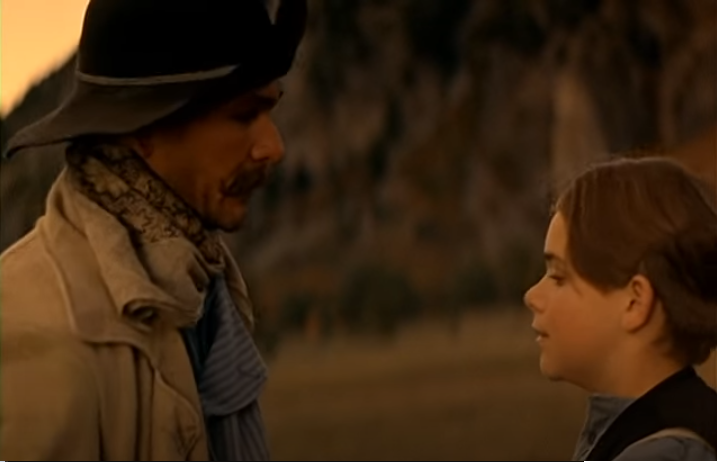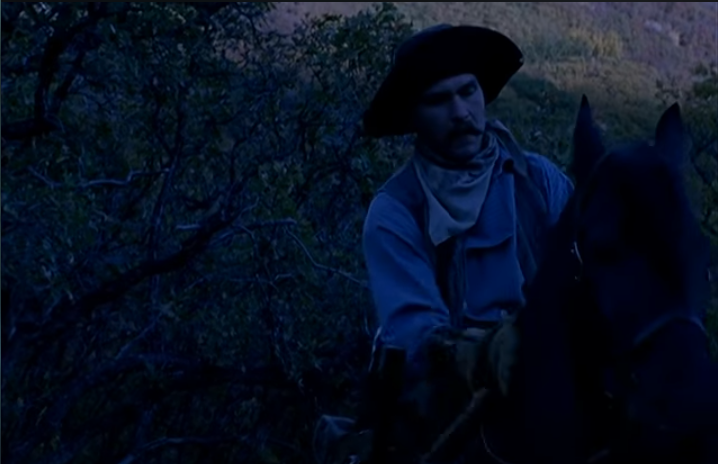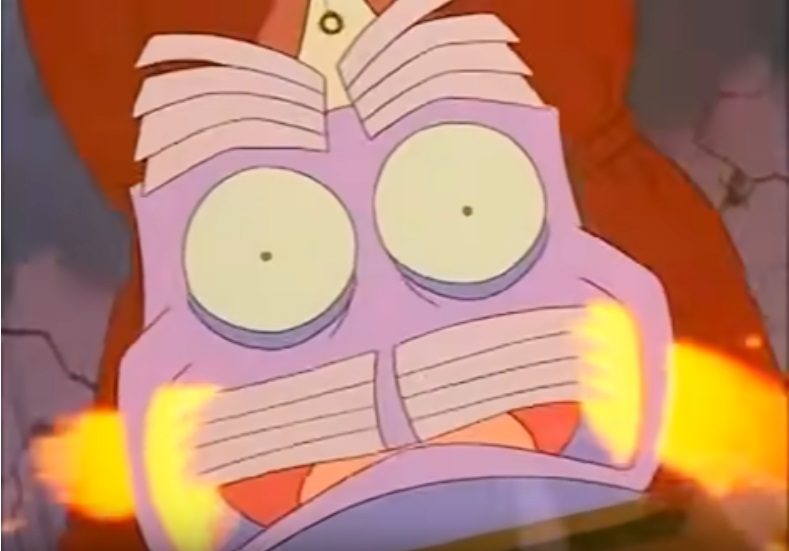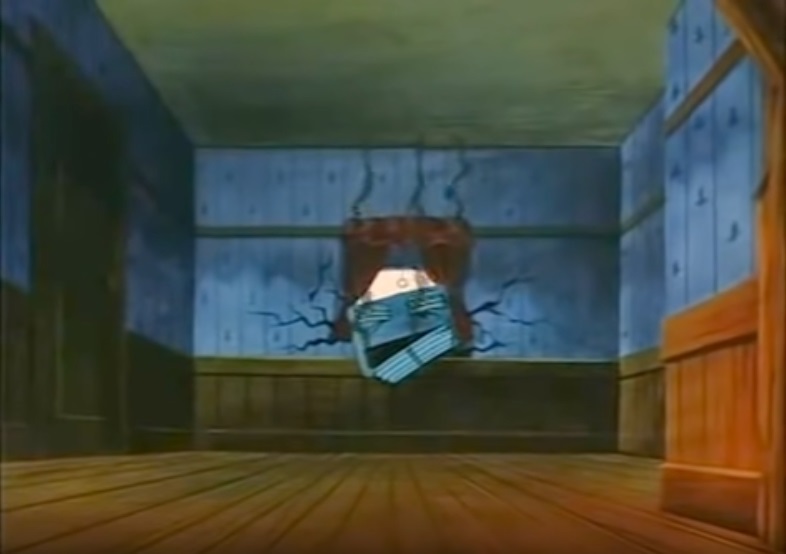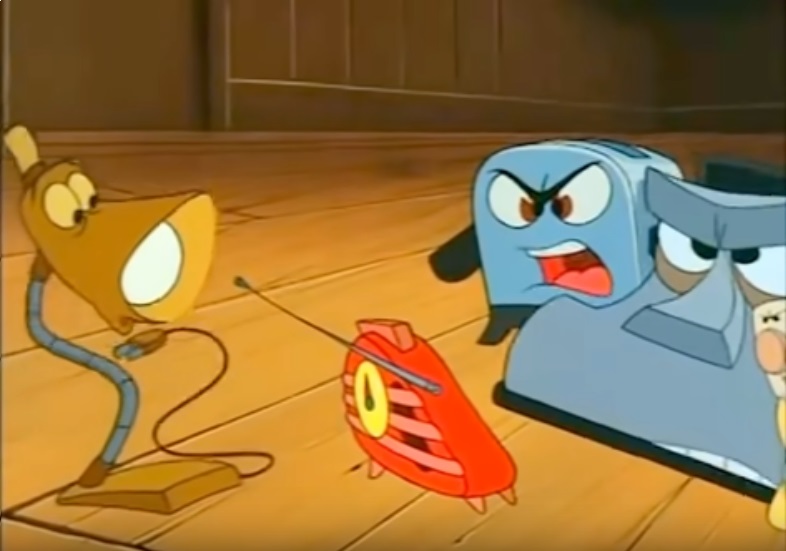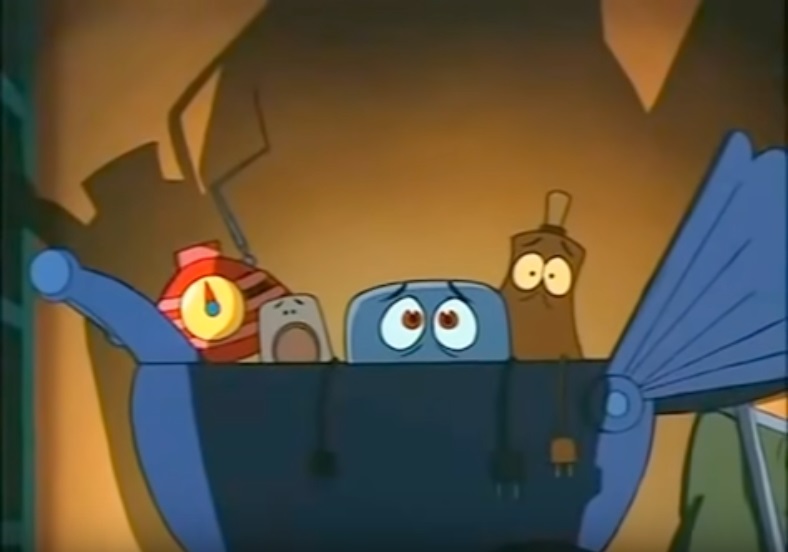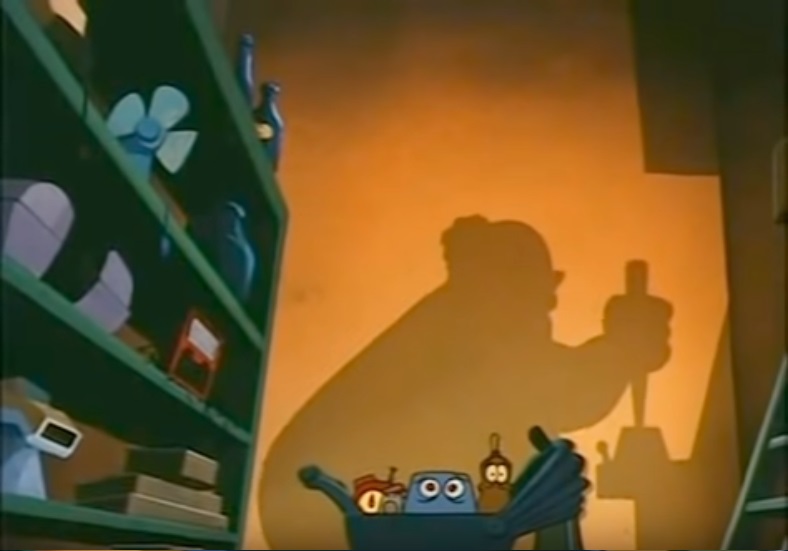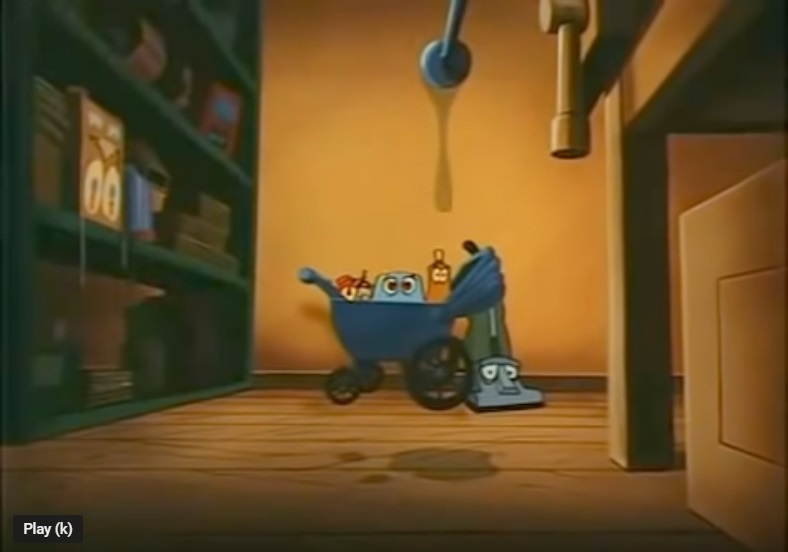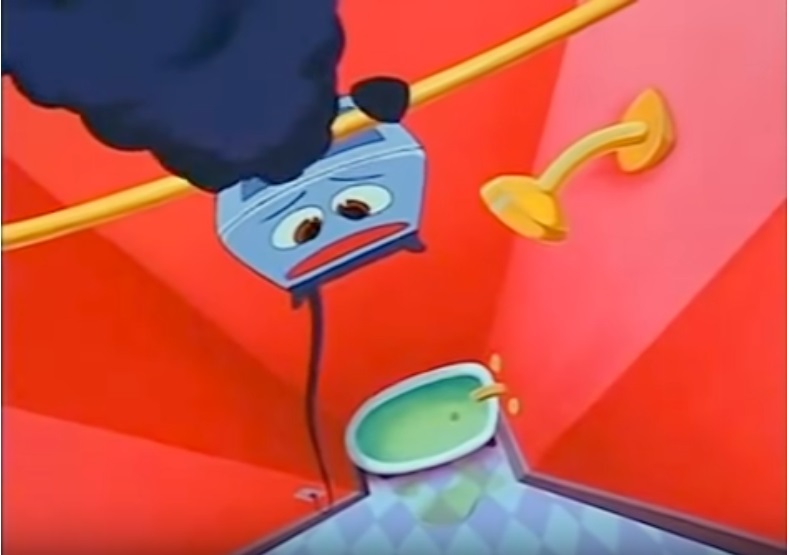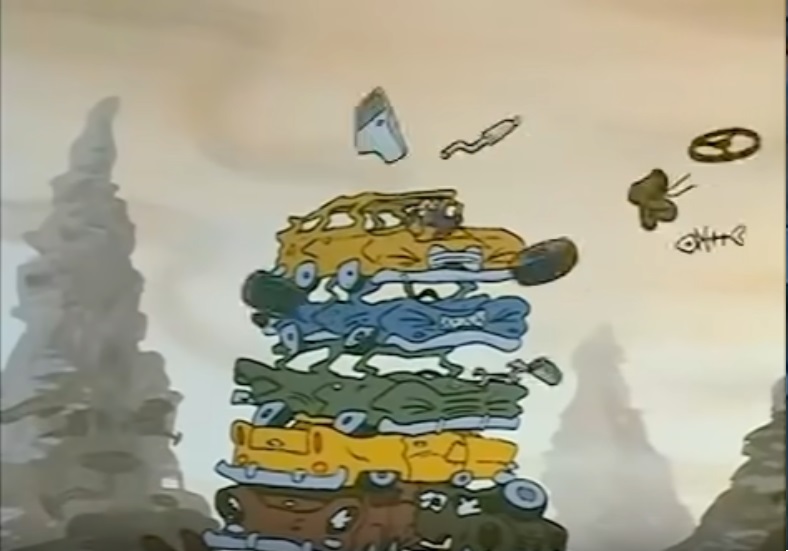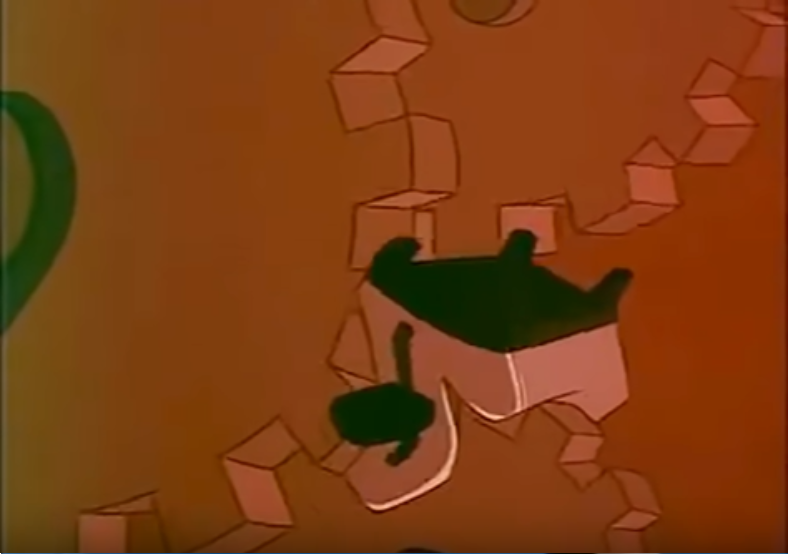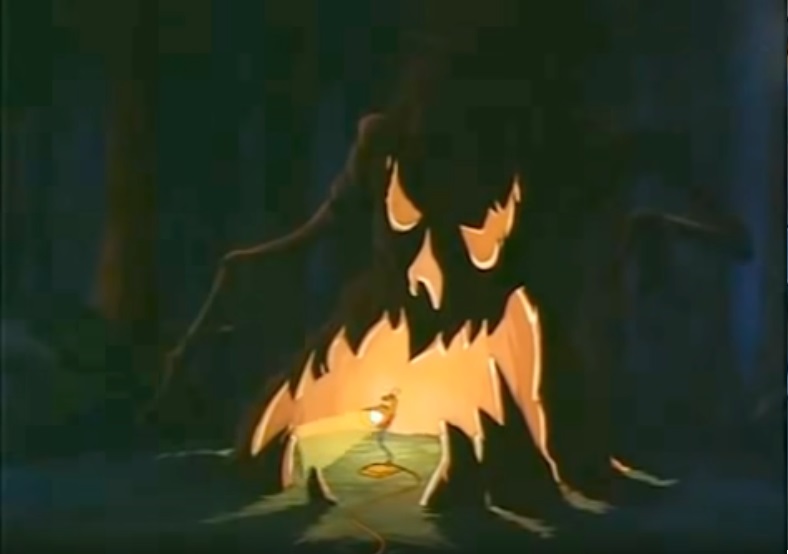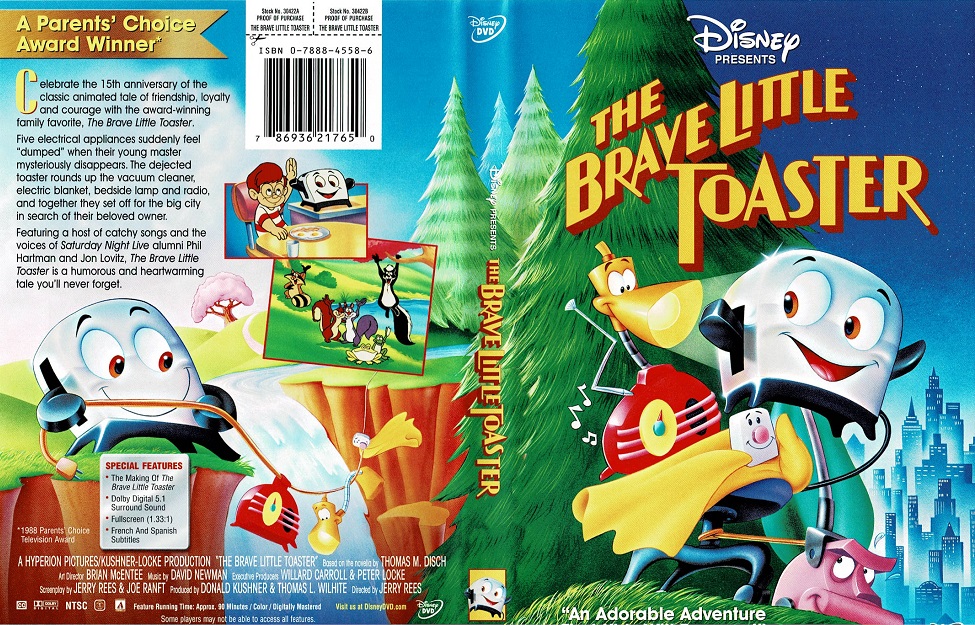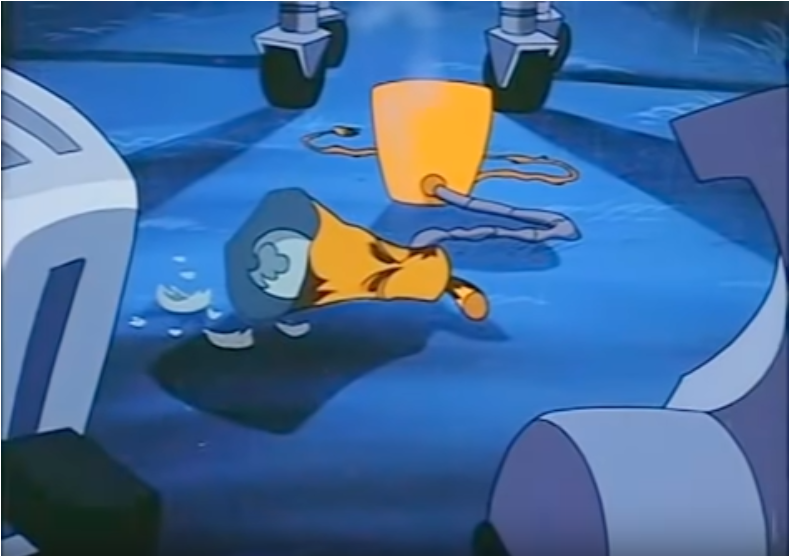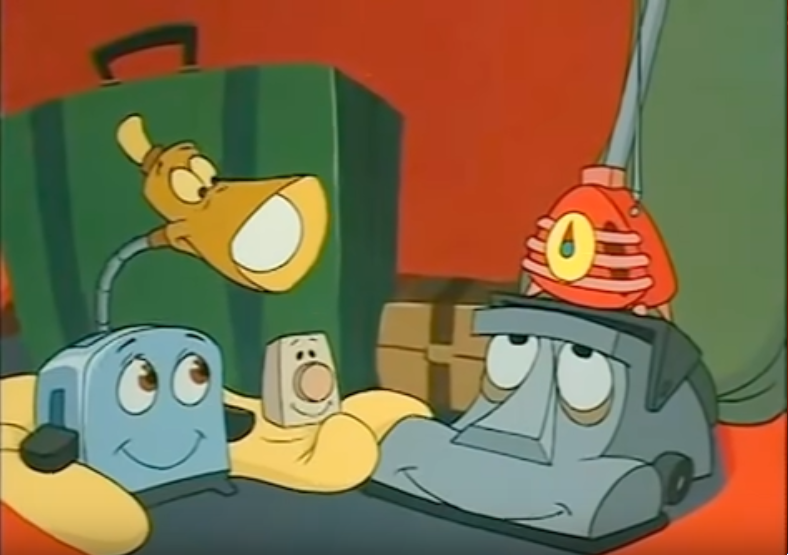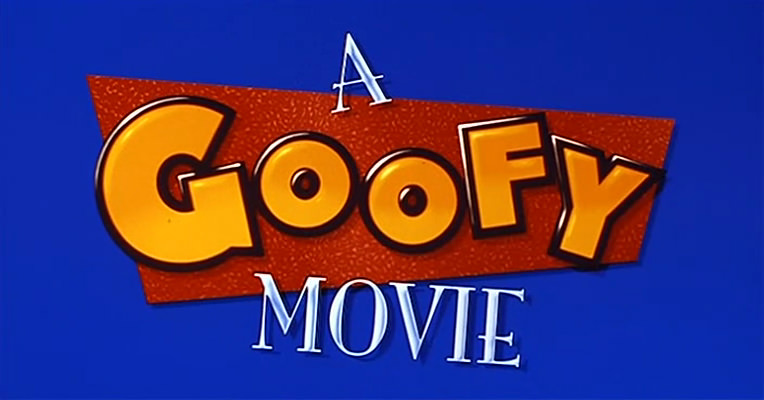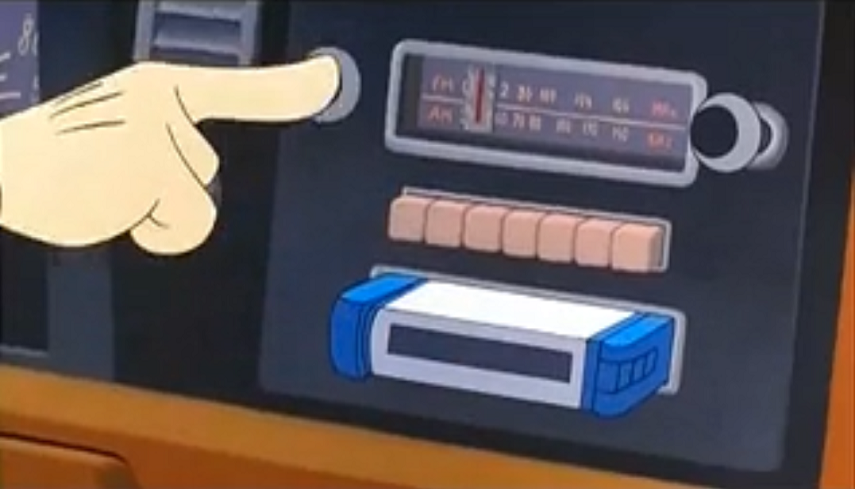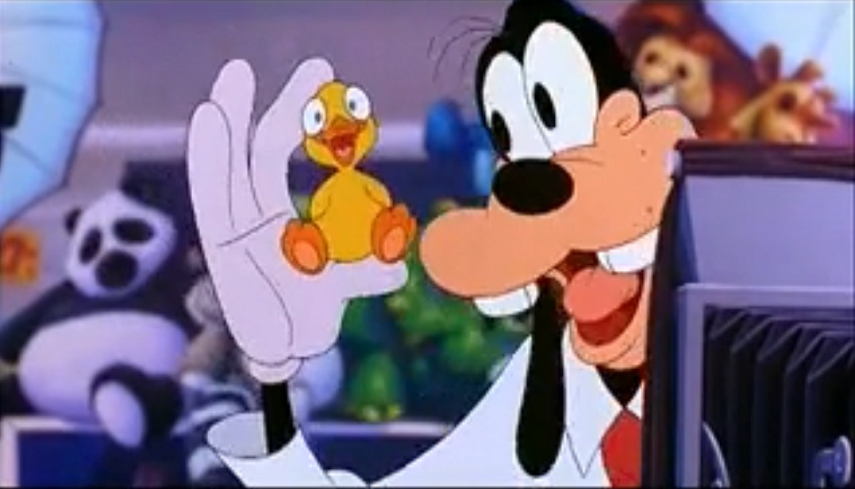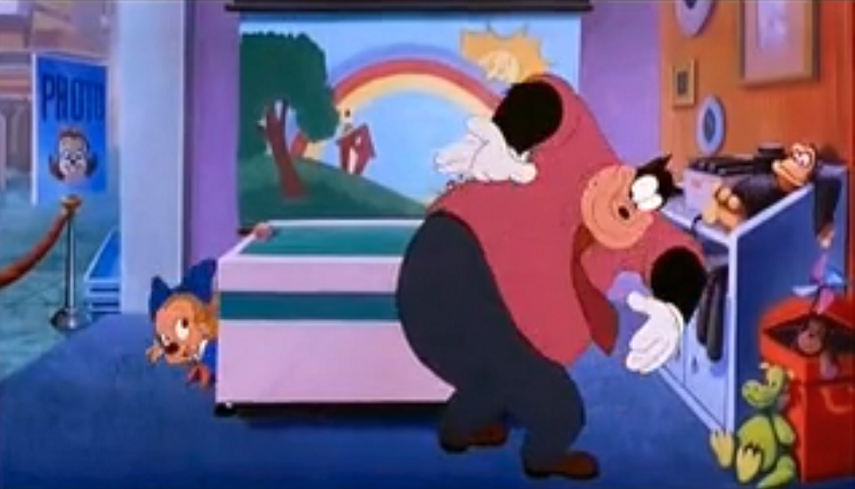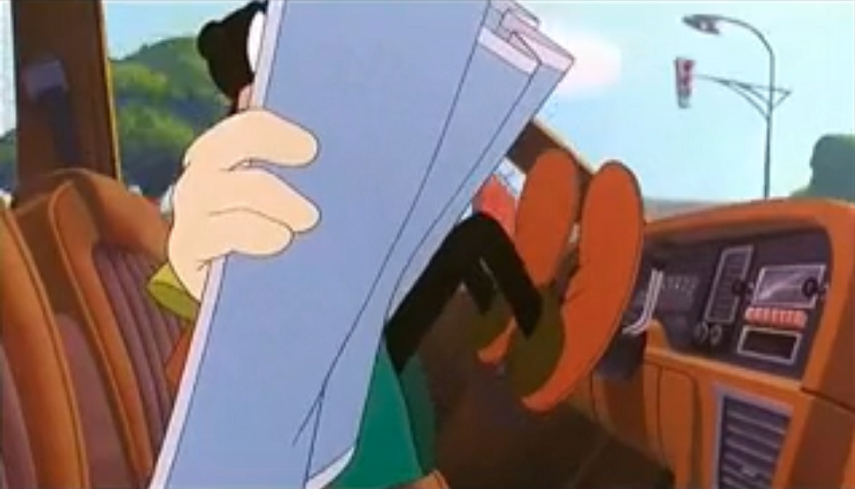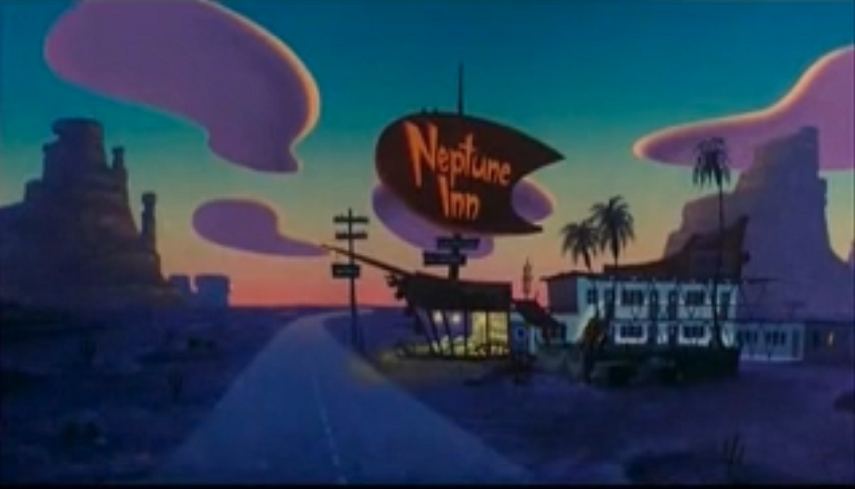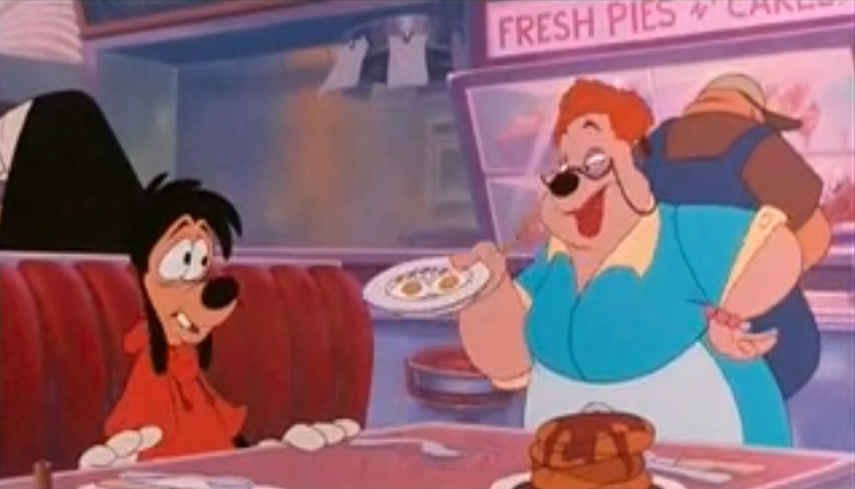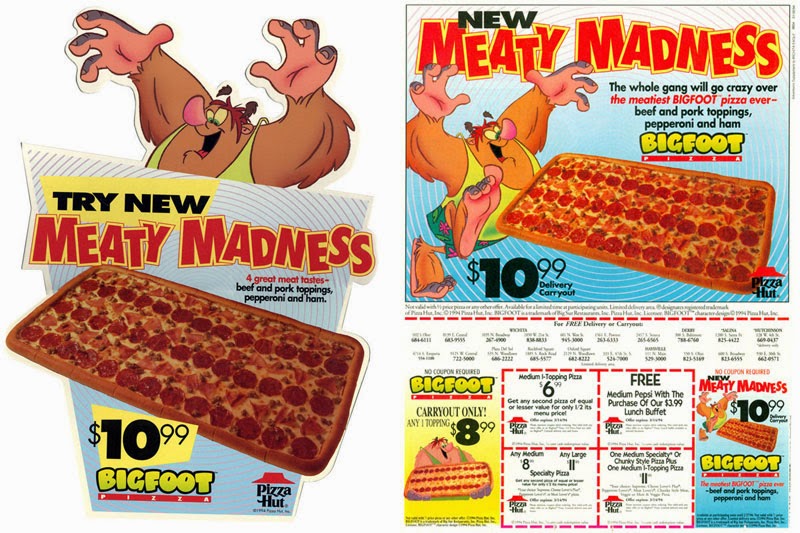The 1980s was a golden era for Disney films. During this decade, the studio released a string of classics that have become beloved by generations of fans.
From animated adventures to heartwarming live-action films, the 1980s had something for everyone. Here are the top 10 Disney films from the 1980s that you should watch:
- The Little Mermaid (1989)
The Little Mermaid marked a turning point for Disney animation, as it signaled the beginning of the Disney Renaissance. This classic fairy tale about a mermaid who dreams of living on land features memorable songs and a timeless story that still resonates with audiences today.
- The Great Mouse Detective (1986)
This underrated gem features a clever twist on the classic Sherlock Holmes story, with mice and rats taking the place of human characters. With memorable characters and thrilling action sequences, The Great Mouse Detective is a must-watch for fans of mystery and adventure.
- Oliver & Company (1988)
This musical reimagining of Charles Dickens’ Oliver Twist features a cast of lovable animal characters and memorable songs by Billy Joel and Bette Midler. Oliver & Company is a charming and upbeat film that will leave you tapping your toes.
- The Fox and the Hound (1981)
This touching tale of friendship between a fox and a hound is one of Disney’s most heartwarming films. With beautiful animation and a poignant story, The Fox and the Hound is a timeless classic that still resonates with audiences today.
- Tron (1982)
Tron was ahead of its time when it was released, featuring groundbreaking visual effects and a unique concept that was ahead of its time. This science fiction adventure about a computer programmer who gets sucked into a virtual world is a must-watch for fans of the genre.
- The Black Cauldron (1985)
This dark and moody film was a departure from the lighthearted fare that Disney was known for, but it has since become a cult classic, even though the film was a financial loss for Disney at the time of its release.
Although the film received mixed review from critics, its haunting atmosphere and memorable characters make The Black Cauldron is a unique entry in the Disney canon.
- Flight of the Navigator (1986)
This live-action adventure about a boy who gets abducted by an alien spacecraft is a quintessential 80s film. With a fun sci-fi premise and a charming performance by child actor Joey Cramer, Flight of the Navigator is a nostalgic treat.
- The Rescuers Down Under (1989)
This sequel to the 1970s Disney film The Rescuers features beautiful animation and a thrilling story set in the Australian Outback. With a cast of memorable animal characters and a heartwarming message about friendship, The Rescuers Down Under is a must-watch for fans of animated adventure.
- Who Framed Roger Rabbit (1988)
This groundbreaking film combined live-action and animation in a way that had never been seen before. Featuring a hilarious cast of characters and a noir-inspired storyline, Who Framed Roger Rabbit is a classic that still holds up today.
When I was a young kid, I was completed absorbed by the expressive animation of Roger and Baby Herman in the opening sequence. Especially to hear his real voice after the animation scene cuts.
- Honey, I Shrunk the Kids (1989)
This live-action comedy about a scientist who accidentally shrinks his kids and their neighbors is a fun and silly film that the whole family can enjoy. With charming performances by the legendary Rick Moranis and a young Josh Hutcherson, Honey, I Shrunk the Kids is a nostalgic favorite.
What Makes These 80s Films so Great?
These are just a few of the many classic Disney films from the 1980s that are worth watching. Whether you’re a fan of animated adventures, science fiction, or live-action comedy, there’s something for everyone in this list. These films have stood the test of time and continue to be loved by audiences of all ages.
One common thread that runs through many of these 80s Disney films is their ability to evoke a sense of wonder and imagination. From the underwater world of The Little Mermaid to the virtual reality of Tron, these films transport us to magical worlds and allow us to escape from reality for a little while.
Another common theme in these films is the importance of friendship and loyalty. Whether it’s the bond between a fox and a hound in The Fox and the Hound or the partnership between a detective mouse and his trusty sidekick in The Great Mouse Detective, these films show us the power of friendship and the importance of sticking together through thick and thin.
Many of these films also have a message of perseverance and determination that can serve as good material for young viewers. Whether it’s the determined young heroes of The Black Cauldron or the resourceful kids in Honey, I Shrunk the Kids, these films show us that anything is possible if we put our minds to it.
Conclusion
In conclusion, the 1980s was a golden era for Disney films, and these 10 films are just a small sampling of the many classics that were released during this decade. These films continue to captivate and inspire audiences of all ages with their timeless stories, memorable characters, and stunning visuals.
So if you’re looking for a trip down memory lane or just want to introduce these beloved films to a new generation, be sure to check out these top 10 1980s Disney films.
**As an Amazon Associate I earn from qualifying purchases made through Amazon links.

